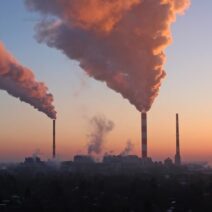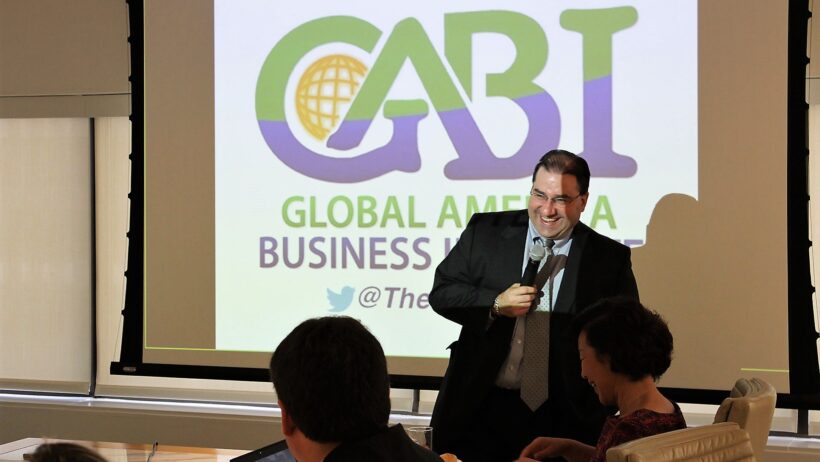Nuclear energy has long been a subject of considerable debate, an intersection of technological promise and environmental concern. In an era defined by climate urgency, the question arises: Is a commitment to nuclear energy conservation still necessary? To explore this inquiry, we must delve into a myriad of aspects surrounding nuclear energy, including its historical context, technological innovations, environmental impacts, economic considerations, and societal perceptions.
Historically, nuclear energy emerged in the mid-20th century as a power source heralded for its potential to deliver massive amounts of electricity without the carbon emissions associated with fossil fuels. However, the trajectory of nuclear energy has been marred by infamous disasters, primarily the Catastrophes at Chernobyl and Fukushima. These tragic events ignited global apprehension regarding the safety of nuclear reactors and the hazardous nature of radioactive waste. Consumers began to question whether the benefits of nuclear energy outweighed the possible ramifications, swaying public sentiment toward renewable energy alternatives such as solar, wind, and hydroelectric power.
Nevertheless, the landscape of energy production continues to evolve. Technological innovations are redefining the scope of nuclear energy. Advances such as small modular reactors (SMRs) promise to enhance safety and reduce costs. Unlike traditional reactors, SMRs offer a compact design and are manufactured offsite, minimizing the risk of catastrophic failures. Furthermore, the potential integration of thorium reactors, which utilize thorium as a fuel instead of uranium, may mitigate concerns related to nuclear proliferation and waste disposal. Both innovations illustrate a promising pivot in the nuclear energy paradigm, suggesting that conservation efforts may yield safer systems that align with modern environmental values.
The environmental implications of nuclear energy warrant serious consideration. The nuclear lifecycle is not devoid of ecological impact. The mining and refinement of uranium are resource-intensive and can lead to land degradation and pollution, but the operational phase of nuclear power plants produces minimal greenhouse gases, a crucial aspect in combating climate change. When evaluating the full-spectrum benefits, the carbon footprint of various energy sources becomes significantly pronounced. Notably, nuclear energy has the potential to serve as a transitional solution, bridging the gap during the shift from fossil fuels to renewables.
Moreover, nuclear energy’s capacity for baseload power generation sets it apart from intermittent sources like wind and solar. As the world pivots toward electrification across numerous sectors, including transportation and heating, reliable power sources become paramount. Nuclear energy can assure grid stability, countering the variability associated with renewable sources. In this context, the proposition of nuclear conservation becomes not just a matter of safety or waste management but an essential tenet in the pursuit of a resilient and sustainable energy infrastructure.
Economic factors often intertwine with arguments about energy sources, and nuclear energy is no exception. Initial capital costs for nuclear plants are exceptionally high, with construction timelines often stretching for a decade or more. This financial burden raises concerns about the economic viability of nuclear energy in an age where rapid technological advancements in renewables are driving down costs. However, it is vital to consider the long-term operational costs of nuclear energy, which can be quite competitive over time. Lifespan extensions for nuclear reactors can significantly bolster their economic standing, especially when factoring in the carbon pricing of fossil fuels and the intrinsic value of energy security.
Public perception of nuclear energy plays an influential role in shaping its future. Voices advocating for nuclear conservation argue that denser engagements in public outreach could ameliorate lingering fears tied to safety and accidents. Fostering trust through transparency, education, and community involvement could dismantle the stigma surrounding nuclear energy and accentuate its role as a viable competitor within the energy market. Additionally, harnessing social media platforms to disseminate factual information and dispelling urban myths can play a pivotal role in reshaping societal attitudes.
Ultimately, the discourse surrounding nuclear energy consideration cannot ignore the profoundly significant quest for sustainability. As global temperatures rise and natural disasters induced by climate change intensify, a sense of urgency permeates the energy sector. The question is not merely whether nuclear energy conservation is necessary, but rather whether it is a prudent strategy that harmonizes both the technological advancements of the modern age and the imperative for ecological stewardship. The dual goals of energy sufficiency and ecological integrity can coexist, but only if we commit to a nuanced approach that encompasses innovation, public engagement, and respect for the natural world.
The road ahead for nuclear energy is characterized by a complex tapestry of promise and apprehension. Continuous research, transparent dialogue, and strategic investments in safer technologies will pave the way for a nuclear future that could play an integral role in solving our most pressing energy conundrums. As societies grapple with energy choices, we must consider not only the lessons of the past but also the potential of nuclear energy to provide a cleaner, safer, and more sustainable footing beyond the dichotomy of “yes” and “no.”
In conclusion, the necessity of nuclear energy conservation in the modern age parallels the demands of the climate crisis—requiring innovation, critical inquiry, and collective action. By embracing the evolution of nuclear technology while fostering a cooperative and informed public discourse, we embolden our journey towards sustainable energy futures that respect both the planet and its inhabitants.







